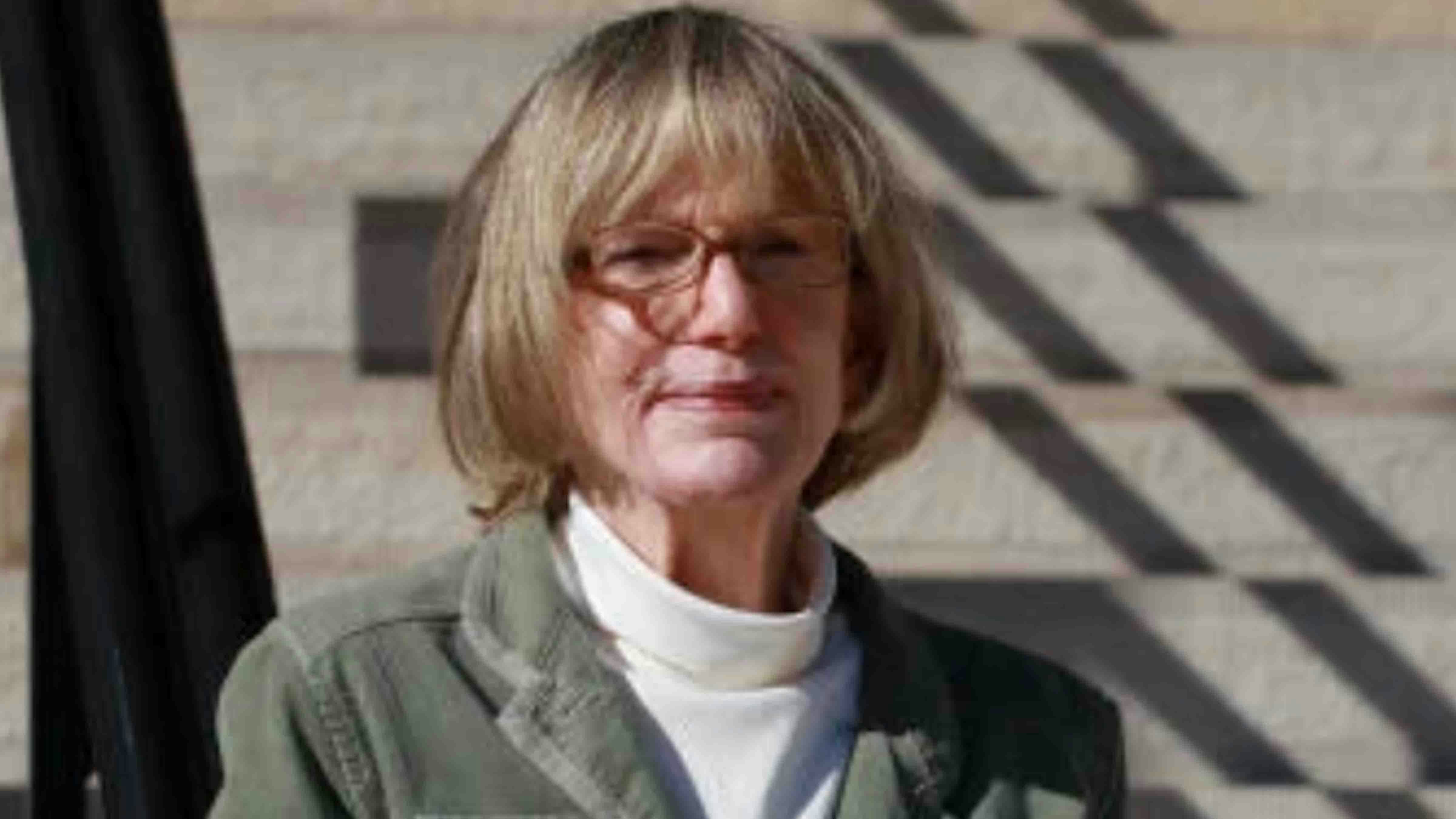I grew up in a house made of native stone situated on the biggest active sand dune system in North America. Despite the parable about building a house on sand, the headquarters at the ID has sheltered five generations of my family.
The story I’ve always heard is that my great-grandfather, I.C. Miller, hired Mormon pilgrims to construct the house. That’s how they supported their trek from points east to Utah. Nobody thought to write down the history of the place, so all we have to go on are the stories.
I.C. chose to locate his headquarters a hundred yards or so from the homestead of his former business partner, Joel Hurt, when he bought Hurt’s holdings. Cowboy State Daily readers might be familiar with Hurt.
What we do know is that the house, along with a much bigger barn of similar construction, was built around 140 years ago and will likely stand for another few centuries. But, like I said, it’s built on an active sand dune system that is slowly moving in from the west, and my old home will be buried in a couple hundred years.
Here’s a picture of it.

The headquarters was built just south of the Seminoe Mountains, a few miles from the North Platte River way before Seminoe Dam was built and the river became a reservoir. Its about forty miles from Rawlins, the nearest town, and back in the day there wasn’t an easy way to get there.
Lowes and Home Depot didn’t exist back then, so those old-timers had to improvise to get building material to the site.
Riding for cattle in the foothills of the Seminoes one day, I found the quarry where the construction crew carved up the sandstone for the buildings. There were still several rusted prybars and other tools laying around in the rubble.
The quarry lies several miles from the house, so tons and tons of stone had to be freighted down to the
headquarters. That is pretty rough country, and it was no easy task.
Limestone also crops out near the quarry, and the builders cooked and slaked it for mortar and plaster. Horsehair was mixed in as a binder.
We remodeled the house when I moved back to Wyoming from Italy with my burgeoning family in 1978. When we tore into the interior, we learned some interesting stuff.
All of the studs, joists and rafters are of full-dimension redwood. The ceiling joists are 40 feet long, without a knot or a twist. Stairs, windows and doors are all redwood.
Since redwood doesn’t grow in those parts, the lumber must have come to Rawlins from California by the rail car load. Again, its just a story, but I heard that the lumber was freighted by sled up the frozen river in winter, then hauled overland to the site.
Interior walls were all plaster and lath, and the depth of the plaster was a uniform half-inch from the ceiling to the floor. That is a lost art in these days of drywall.
Put it all together and you end up with a two-story, 3600 square-foot house that stands the test of time. Only at the southwest corner of the house, where the wind and sand have rounded off the sharp edges of the stone, is the age of the place evident.
The thick stone walls are perfect insulation against the extremes of Wyoming weather, keeping the place cool in the summer and warm in winter. When I was a little kid, the only heat in winter was a big pot-bellied coal stove, and that was all we needed.
Kerosene lamps were all that lit the interior until just before World War II when Seminoe Dam was constructed and power lines were built.
I don’t make it out to the ID much these days, but we had a reunion bbq this summer and I got to see the place again. The house and barn stand like the stone outcrops they were born from, full of memories. And the sand dunes keep moving downwind to swallow them up.
Rod Miller can be reached at: RodsMillerWyo@yahoo.com




